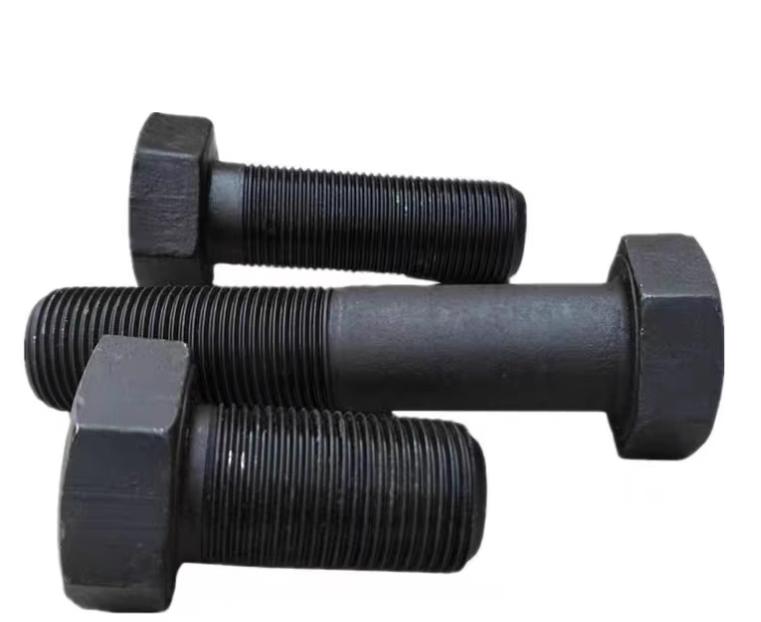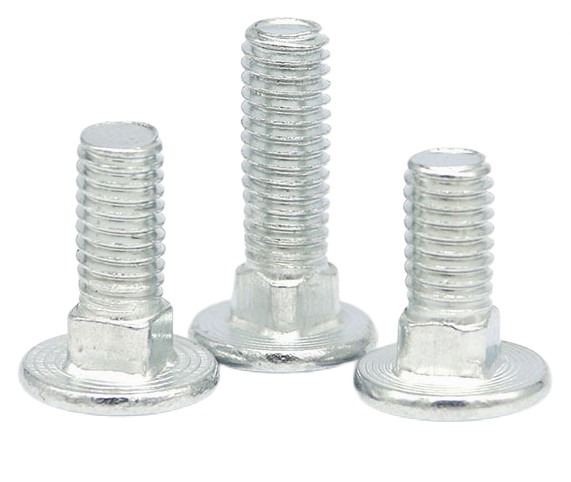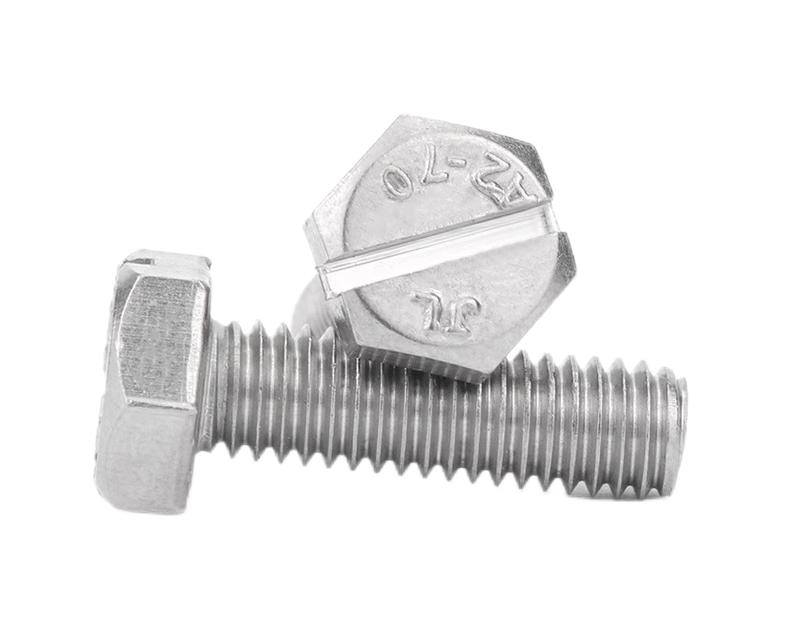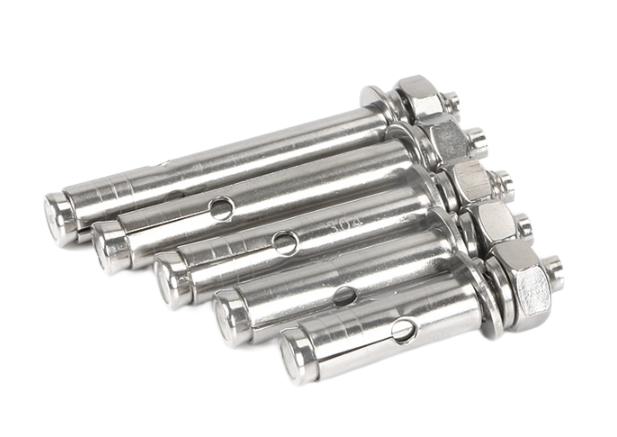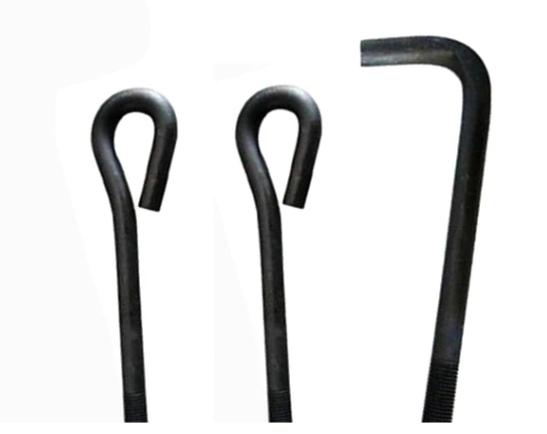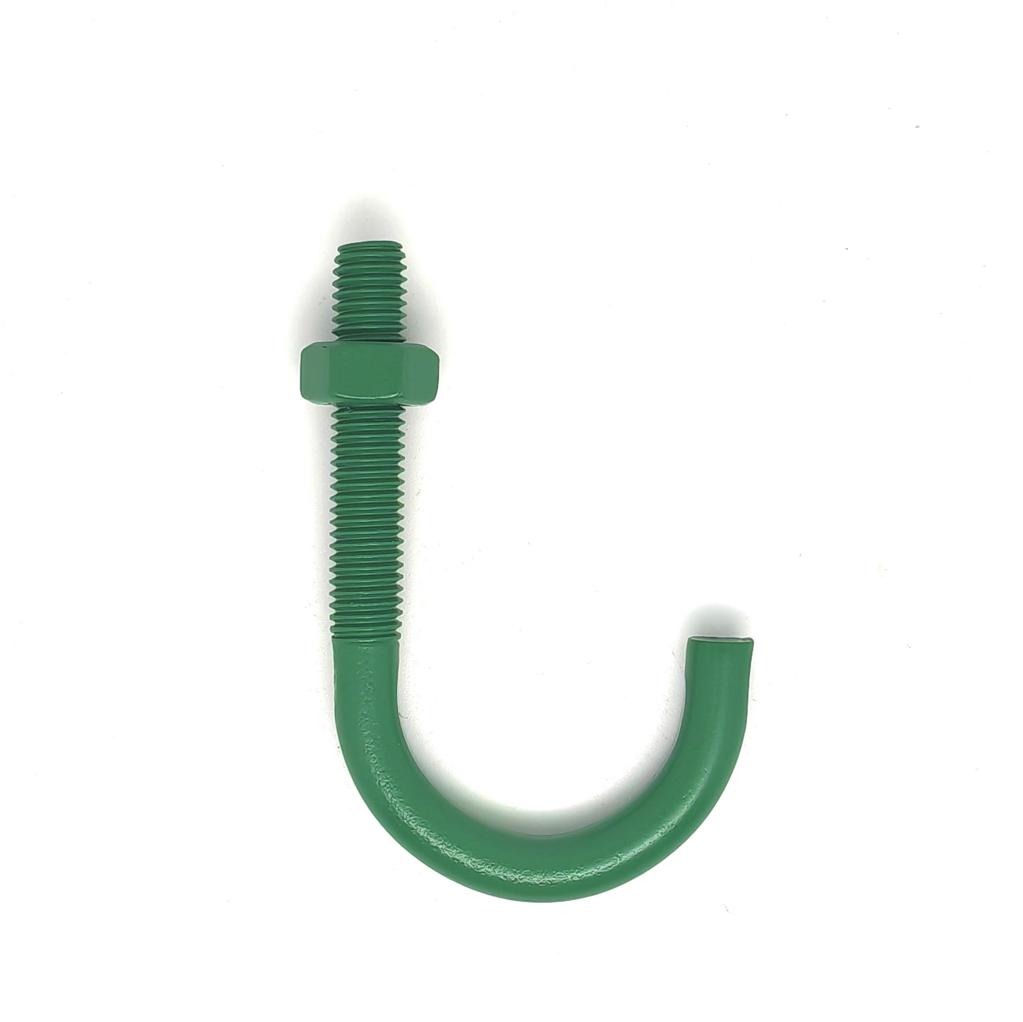How to Distinguish Between High-Strength Bolts and Common Bolts
Bolts are fundamental components used to create secure connections in various applications. They play a critical role in ensuring the structural integrity and functionality of machines, buildings, and infrastructure. However, not all bolts are created equal. Choosing the right type of bolt for a specific application is crucial for safety and performance. This article delves into the key differences between high-strength bolts and common bolts, empowering you to make informed decisions for your projects.
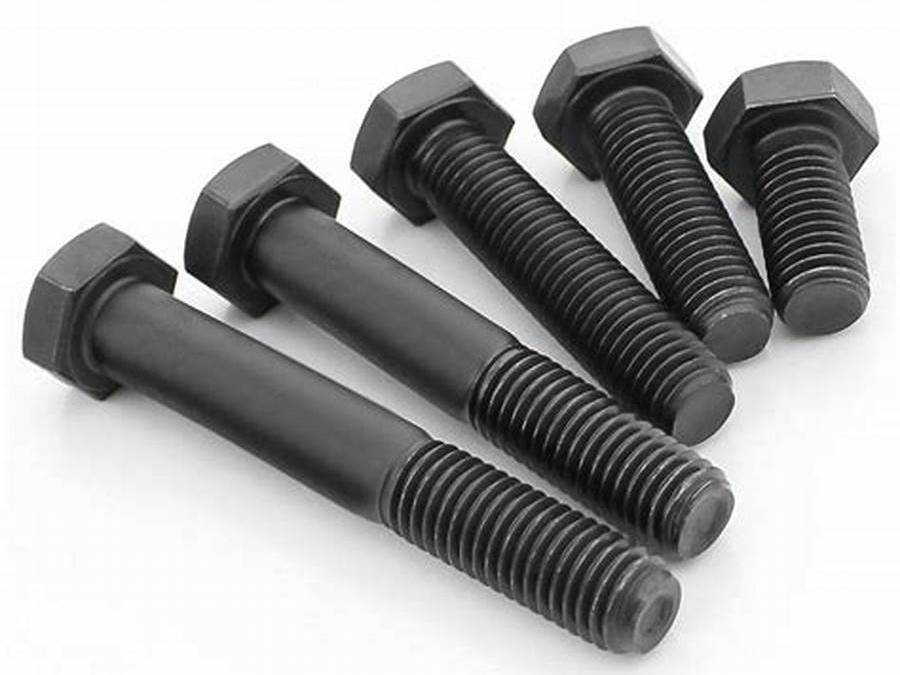
Differences in Materials and Manufacturing Processes
The most significant distinction between high-strength and common bolts lies in their material composition and manufacturing processes.
Common Bolts: These bolts are typically constructed from ordinary carbon steel, designated as Q235 (equivalent to A3 steel). This readily available and cost-effective material offers adequate strength for low-demand applications. The manufacturing process for common bolts is relatively straightforward, often involving cold forming or machining to achieve the desired shape and dimensions.
High-Strength Bolts: In contrast, high-strength bolts utilize high-quality alloy steel for superior strength and durability. Common alloy steels employed include 45 steel, 40 boron steel, and 20 manganese titanium boron steel. These materials inherently possess a higher capacity to withstand stress and strain. Furthermore, high-strength bolts undergo rigorous manufacturing processes that incorporate multiple stages of complex heat treatment. These treatments, such as quenching and tempering, significantly enhance the mechanical properties of the steel, resulting in a final product with exceptional tensile strength, yield strength, and fatigue resistance.
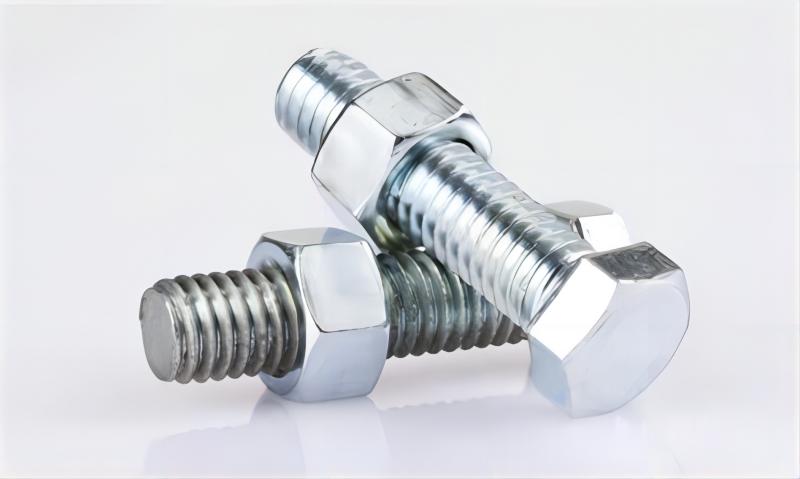
Differences in Performance Characteristics
The choice between high-strength and common bolts hinges on the performance characteristics required for the application.
1. Tensile and Yield Strength
One of the most notable differences between ordinary bolts and high-strength bolts lies in their performance characteristics. High-strength bolts exhibit significantly higher tensile and yield strength compared to ordinary bolts. Tensile strength refers to the maximum stress a bolt can withstand while being stretched or pulled before breaking. Yield strength, on the other hand, is the stress at which a bolt begins to deform permanently.
High-strength bolts are designed to endure greater forces without failure, making them suitable for applications involving heavy loads and high stress. Common bolts, while adequate for less demanding tasks, lack the robustness required for such intense applications. This disparity in strength is a key factor in selecting the appropriate type of bolt for specific engineering tasks.
2. Stability under Heavy Load and Stress
The superior stability of high-strength bolts in high-stress environments is another crucial performance characteristic. These bolts maintain their structural integrity under heavy loads, ensuring that connections remain secure and reliable. This stability is particularly important in applications where safety and durability are critical, such as in the construction of bridges, high-rise buildings, and large machinery.
Common bolts, by contrast, may not provide the same level of stability under similar conditions. Their use is more appropriate in scenarios where the demands on the bolt are less severe, and where occasional maintenance and replacement are feasible without compromising safety.
3. Fatigue Resistance
High-strength bolts also excel in terms of fatigue resistance. Fatigue resistance is the ability of a bolt to withstand repeated loading and unloading cycles without failure. In applications where bolts are subjected to constant vibration, impact, or fluctuating forces, such as in transportation infrastructure or heavy machinery, high-strength bolts offer a significant advantage. They are designed to endure these challenging conditions, maintaining a stable connection over extended periods.
Common bolts, with their lower fatigue resistance, may suffer from gradual degradation and eventual failure when exposed to similar conditions. This makes them less suitable for applications where long-term reliability and minimal maintenance are priorities.
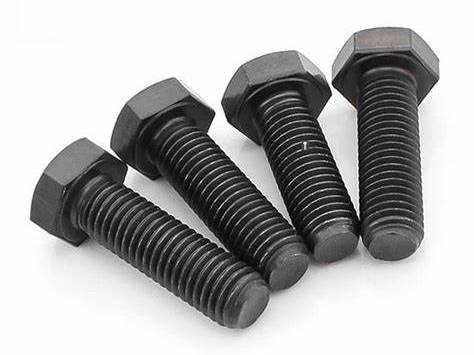
Differences in Application Scenarios
The selection of bolt type is heavily influenced by the intended application.
Common Bolts: Due to their lower strength and simpler design, common bolts are suitable for applications with low strength and precision requirements. Examples include general machinery connections, furniture assembly, and basic structural fixings where the loads are minimal.
High-Strength Bolts: High-strength bolts are the preferred choice for applications demanding exceptional strength, stability, and long-term reliability. These applications include:
- Bridges and Civil Infrastructure: High-strength bolts ensure the structural integrity of bridges, buildings, and other civil infrastructure projects by securely connecting critical load-bearing components.
- Heavy Machinery: They are vital in heavy machinery applications like cranes, excavators, and industrial presses, where the bolts need to withstand significant static and dynamic loads.
- High-Rise Buildings: In high-rise buildings, high-strength bolts connect structural components that experience substantial wind loads and seismic forces.
- Pressure Vessels and Pipelines: They are essential for pressure vessels and pipelines that contain fluids or gases at high pressure, ensuring leak-proof connections and preventing catastrophic failures.
Differences in Service Life
The differences in materials and manufacturing processes between common bolts and high-strength bolts also translate to differences in their lifespan. High-strength bolts, with their superior material properties and advanced processing techniques, typically have a longer lifespan compared to ordinary bolts. They are designed to maintain their performance over extended periods, even under demanding conditions.
Proper maintenance and usage are key factors in maximizing the lifespan of high-strength bolts. When used in appropriate applications and maintained correctly, these bolts can provide reliable performance for many years. Ordinary bolts, while adequate for less demanding tasks, may require more frequent replacement and maintenance, which can increase long-term costs and downtime.
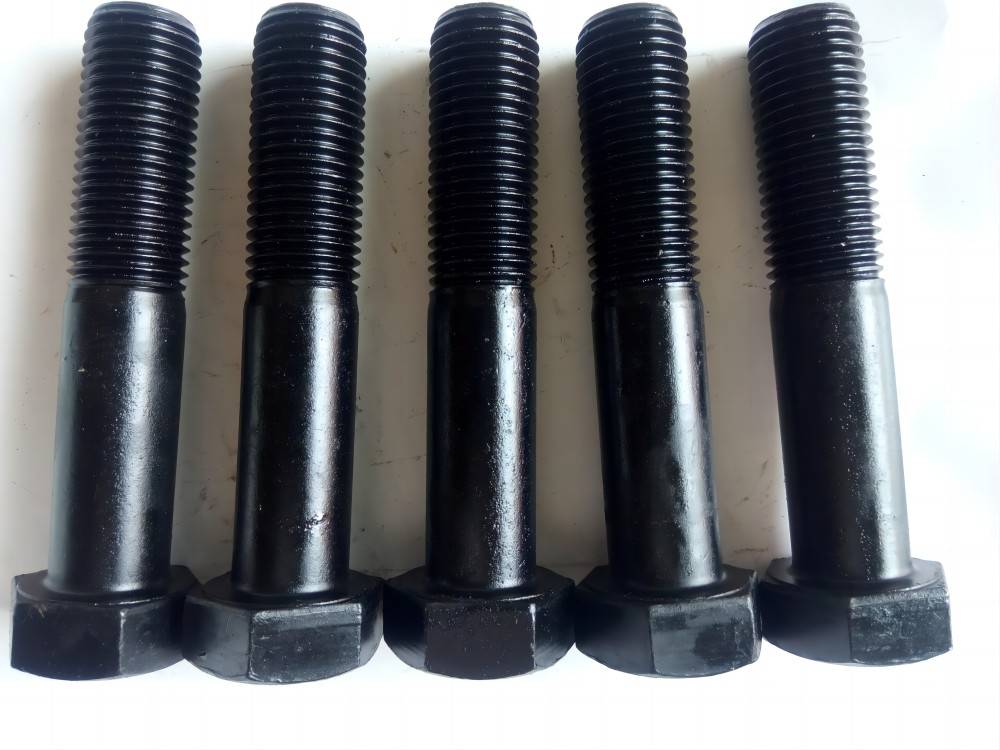
Factors to Impact on Selecting the Right Bolts
While high-strength bolts offer numerous advantages, their selection should be based on a comprehensive evaluation of the specific application’s requirements. Here are some key factors to consider:
- Load-Bearing Capacity: The primary factor influencing bolt selection is the load the connection needs to sustain. High-strength bolts are the clear choice for applications involving heavy loads or high stresses.
- Tightening Force: The required tightening force for the connection should be considered. Selecting the appropriate high-strength bolt grade and size ensures a secure and reliable joint.
- Environmental Factors: The surrounding environment where the connection will reside can influence the choice of the bolt. In situations with high humidity, corrosive elements, or extreme temperatures, high-strength bolts with enhanced corrosion resistance or specific temperature tolerance may be necessary.
- Safety Factor: The importance of the connection and the potential consequences of failure should be factored in. When dealing with critical load-bearing components, incorporating a higher safety factor by choosing a higher-grade high-strength bolt might be prudent.
- Cost Considerations: High-strength bolts typically come at a premium compared to common bolts. However, their superior performance and extended service life can often translate to long-term cost savings.
- Material and Hardness Requirements: For applications requiring exceptional wear resistance, high-strength bolts with specified minimum surface and core hardness levels should be chosen.
- Torque Requirements: Proper tightening of the bolt is crucial. The tightening torque applied should not fall below the minimum recommended value for the chosen high-strength bolt to ensure optimal joint strength.
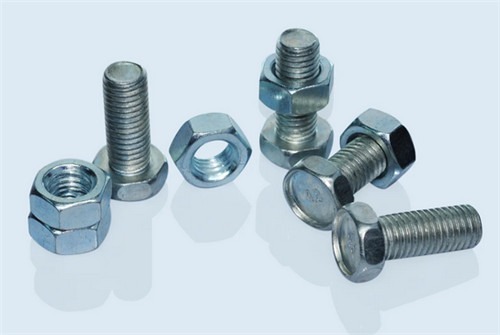
Special Heat Treatment and Production Processes for High-Strength Bolts
The exceptional performance of high-strength bolts is a direct result of the intricate heat treatment and production processes involved in their manufacturing. Here’s a closer look at some of the key steps:
- Raw Material Selection and Pre-Treatment: The journey begins with the selection of high-quality alloy steel as the base material. This ensures the desired tensile strength and hardness characteristics in the final product. Pre-treatment often involves an annealing process to eliminate internal stresses and enhance ductility, followed by procedures like acid washing to remove surface oxides and impurities that might compromise strength.
- Shaping the Bolt: This crucial stage involves forming the bolt into its desired shape. Two primary methods are employed: cold working and hot forging. Cold working utilizes a cold working machine and specialized dies to shape the bolt from a cold steel rod in a single operation. Hot forging, on the other hand, involves heating the steel to a specific temperature before shaping it using forging presses. This technique can improve the material’s grain structure and enhance its mechanical properties.
- Heat Treatment: The magic truly unfolds during the heat treatment stage. This multi-step process plays a pivotal role in determining the final strength and performance characteristics of the high-strength bolt. Two critical steps are typically involved:
- Quenching: The bolt is rapidly heated to a predetermined temperature and then swiftly cooled, often using water or oil as quenching mediums. This rapid cooling process traps the steel’s internal structure in a highly stressed state, significantly increasing its hardness.
- Tempering: To prevent excessive brittleness caused by quenching, the bolt undergoes a tempering process. This involves reheating it to a controlled temperature for a specific duration and then allowing it to cool at a slower rate. Tempering reduces internal stresses while maintaining a good balance between hardness and toughness. Precise control of temperature and time during both quenching and tempering is essential for achieving the desired mechanical properties in the final product.
- Threading: Once the heat treatment is complete, the bolt undergoes a thread-forming process. This can be achieved through techniques like rolling or thread cutting. Rolling involves pressing the threads onto the bolt shank using specialized dies, while thread cutting utilizes a lathe or similar machine to create the threads.
- Surface Treatment: In some applications, an additional layer of protection might be necessary. High-strength bolts can undergo surface treatments like galvanization (coating with zinc for corrosion resistance), chrome plating (for enhanced aesthetics and wear resistance), or polishing (for a smooth finish) to meet specific project requirements.
- Inspection and Packaging: The final stage involves a rigorous quality inspection of the finished high-strength bolts. This ensures they meet all the dimensional and performance specifications. Once cleared, the bolts are then appropriately packaged for transportation and storage, ready for their critical role in various engineering applications.
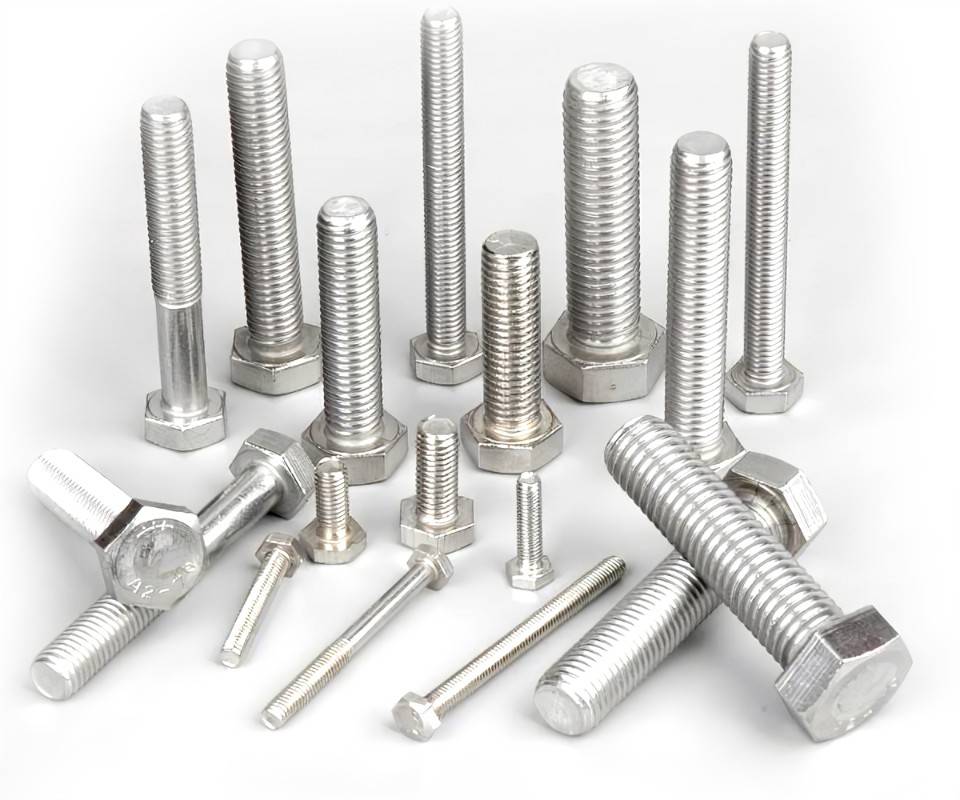
In conclusion, distinguishing between high-strength bolts and common bolts is essential for ensuring the safety, reliability, and cost-effectiveness of various engineering applications. The differences in materials, manufacturing processes, performance characteristics, and applicable scenarios make high-strength bolts indispensable for critical applications involving heavy loads, high stress, and challenging environmental conditions. Proper selection and use of bolts based on these distinctions can significantly enhance the performance and longevity of structures and equipment, contributing to overall project success.

